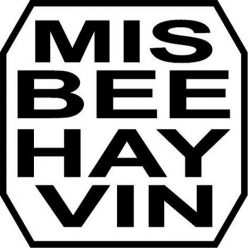So you may have seen the hashtag #SaveTheBees on Facebook or Twitter, or heard elsewhere some information regarding the need to protect bees and you are wondering what it is all about, well here is the breakdown.
The bees are dying! In fact according to beeinformed.org between April 2014 and April 2015, reporting beekeepers (a total of 398,247 hives) lost 42.1% of their hives in the one year period! Besides the impact on the supply of honey, this also means that unless beekeepers continue to split hive to increase the number, bees will be in a dire situation in just a few years.
So why are the bees dying? It is now believed that the primary reason is our mono-culture farming methods, that is the planting of just one crop over large areas of the land. Farmers also used to let the spring weeds such as chickweed (Stellaria media), henbit (Lamium amplexicaule), and buttercup (Ranunculus) grow then plow it under a few weeks before planting. However, the current practice is to spray glyphosate and kill all plants on the land early in the spring. Besides removing a large quantity of the early spring food from the bees it also denies them much-needed variety in their diet. Bees require 10 amino acids to survive, but most plans only provide 2 or 3. This is why it is essential for bees to have a variety of flowers within range of the hive.
So what can you do? Plant native wild flower mixes, and if you are going to spray your yard for weeds or bugs do it in the evening when the bees have returned to the hive.
